Where Ticks Might Be Hiding on Your Property
Ticks are small parasites that can transmit diseases to humans and pets. These pests are commonly found in outdoor spaces, especially in wooded or grassy areas. If you live in an area, where ticks are prevalent, it’s important to be aware of potential tick habitats to minimize the risk of bites. So, where are ticks most likely to live around your home?
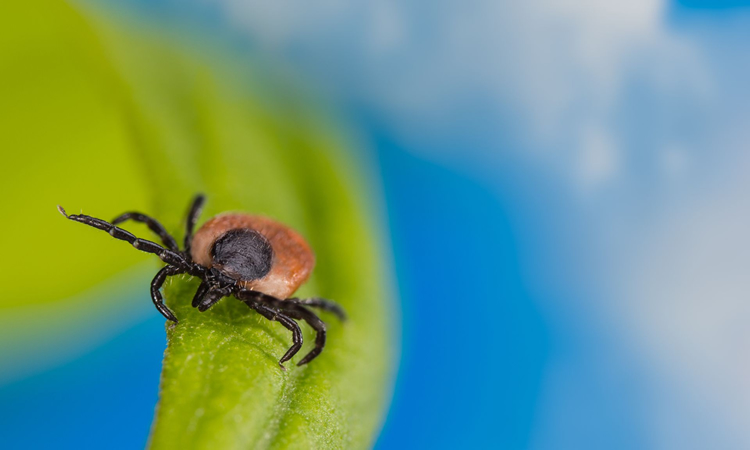
- Tall grass and brush:
Ticks love to hide in tall grass and brush, as they wait for a host to pass by. If you have areas of your property with overgrown grass or brush, especially in shaded or moist areas, ticks are most likely to live there. These areas are high-risk zones for tick bites. To reduce the risk, keep your grass mowed short and trim back any overgrown brush or vegetation. - Wooded areas:
Ticks thrive in wooded areas, as they can easily climb onto low-hanging branches and latch onto passing hosts. If you have wooded areas on your property, be cautious when walking through them, especially during peak tick season. Wear protective clothing, such as long-sleeved shirts, long pants, and closed-toe shoes. You can additionally wear clothing that has been treated with repellent. - Leaf litter and debris:
Ticks can also hide in leaf litter and debris on your property. Fallen leaves, piles of wood, and other debris can provide an ideal environment for ticks to lie in wait for a host. Regularly clean up leaf litter, keep woodpiles elevated, and remove debris that may accumulate on your property. - Perimeter of your yard:
Ticks can also be found along the perimeter of your yard, especially if you live near wooded or grassy areas. They can crawl onto grass or shrubs near the edge of your property, waiting for an unsuspecting host. Keep the grass trimmed short along the edge of your property and create a barrier with gravel or cedar chips to help reduce the risk of ticks moving into your yard. - Gardens and flower beds:
Ticks can also hide in gardens and flower beds, especially in areas with dense vegetation. They can crawl up plants and wait for a host to brush against them. When working in your garden or flower beds, wear protective clothing and check for ticks on your body and clothing afterward. - Outdoor play areas:
If you have outdoor play areas for children or pets, be vigilant about checking these areas for ticks. Ticks can hide in the mulch, grass, or shrubs in these areas and pose a risk to your loved ones. Keep play areas clean and well-maintained, and regularly check for ticks on any equipment or toys. You can also have professional tick treatment applied to these areas for additional protection. - Animal resting areas:
Ticks can also be found in areas where animals rest or sleep, such as dog houses, kennels, or outdoor pens. They can easily crawl onto animals and hitch a ride into your home. Keep these areas clean, dry, and well-maintained. And regularly check your pets for ticks.
Gardner Tick Control is Essential
In conclusion, ticks can be found in various areas on your property outside, and it’s important to be aware of their hiding spots to reduce the risk of tick bites. Enlist professional tick control to reduce the number of ticks around your home. Regular yard maintenance can help minimize your tick bite risk. Wearing protective clothing and using tick repellent when spending time outdoors, especially in wooded or grassy areas, is also essential.
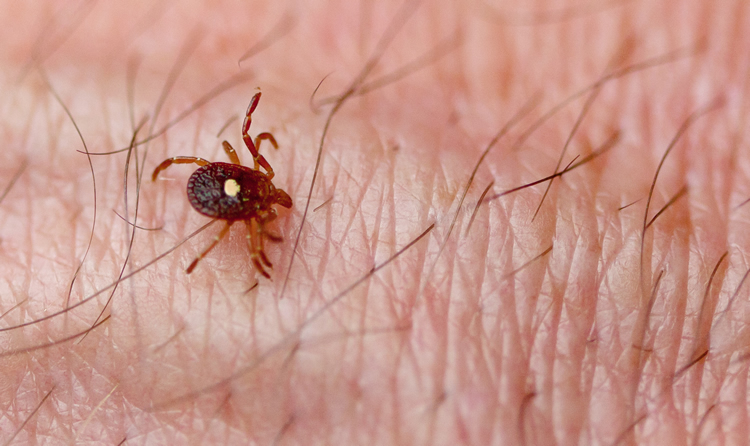
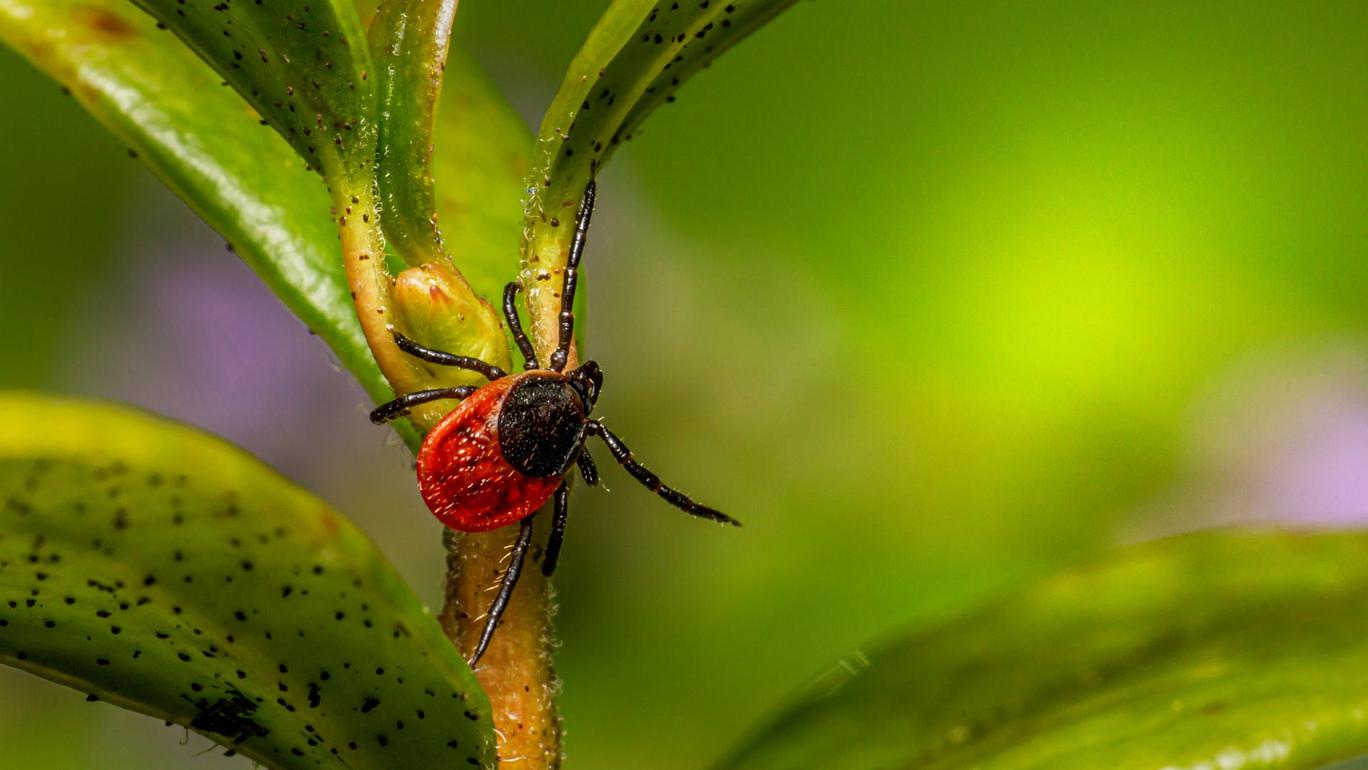
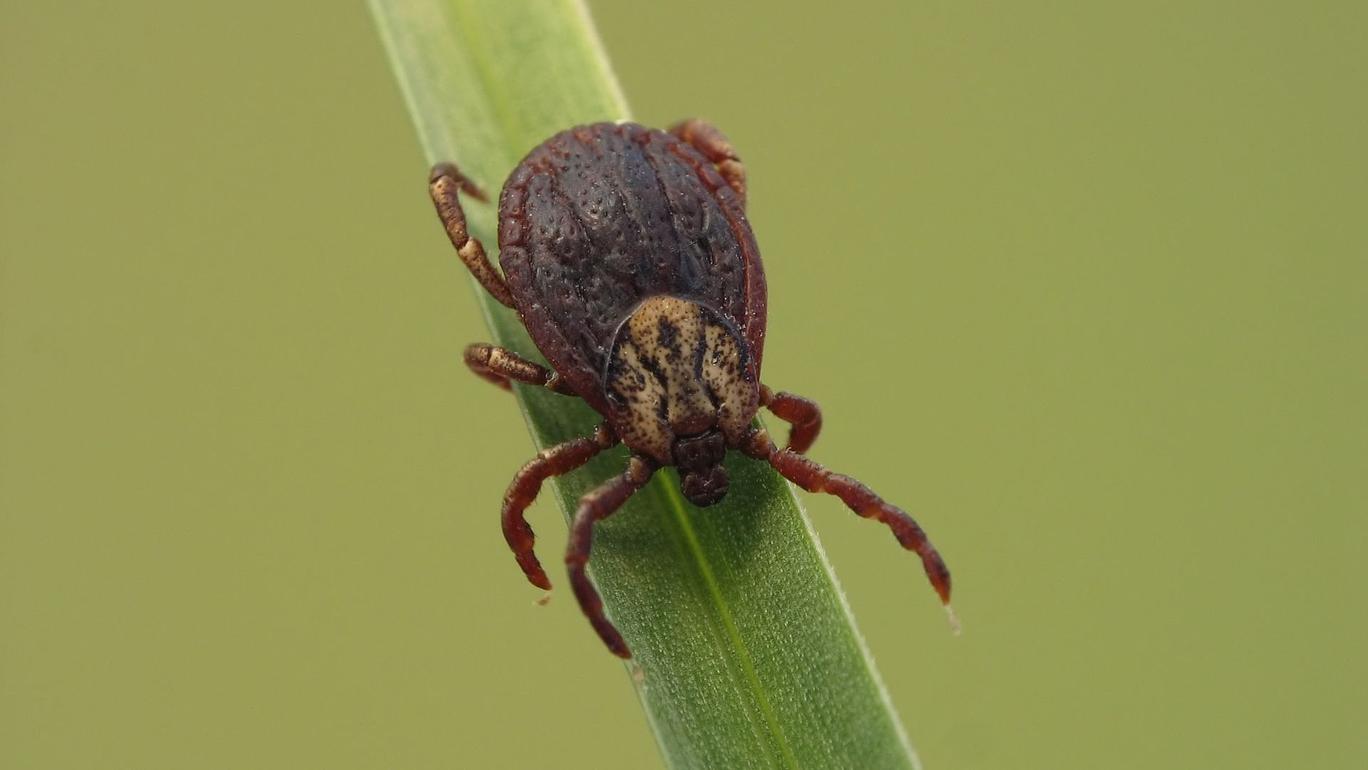
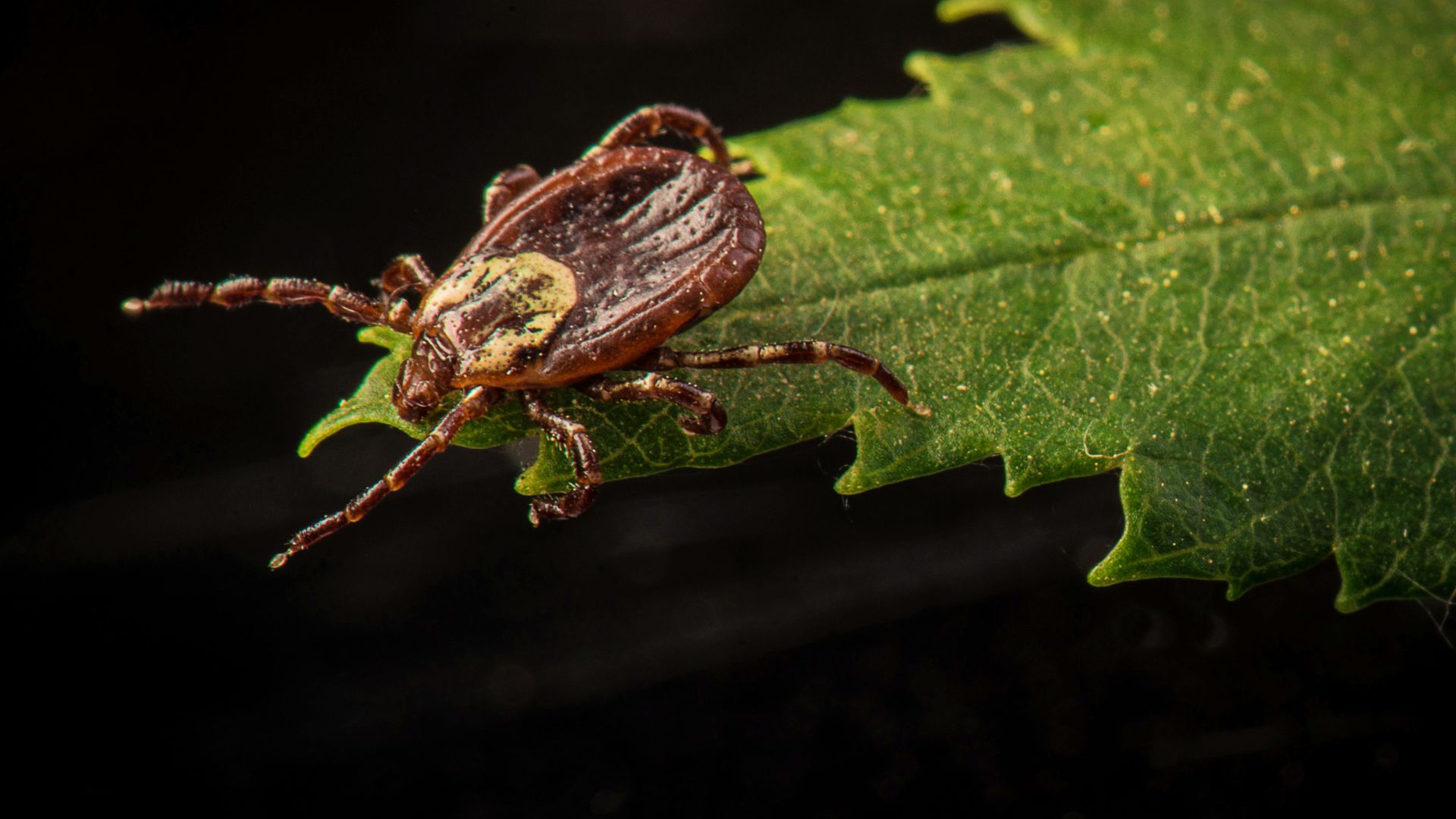
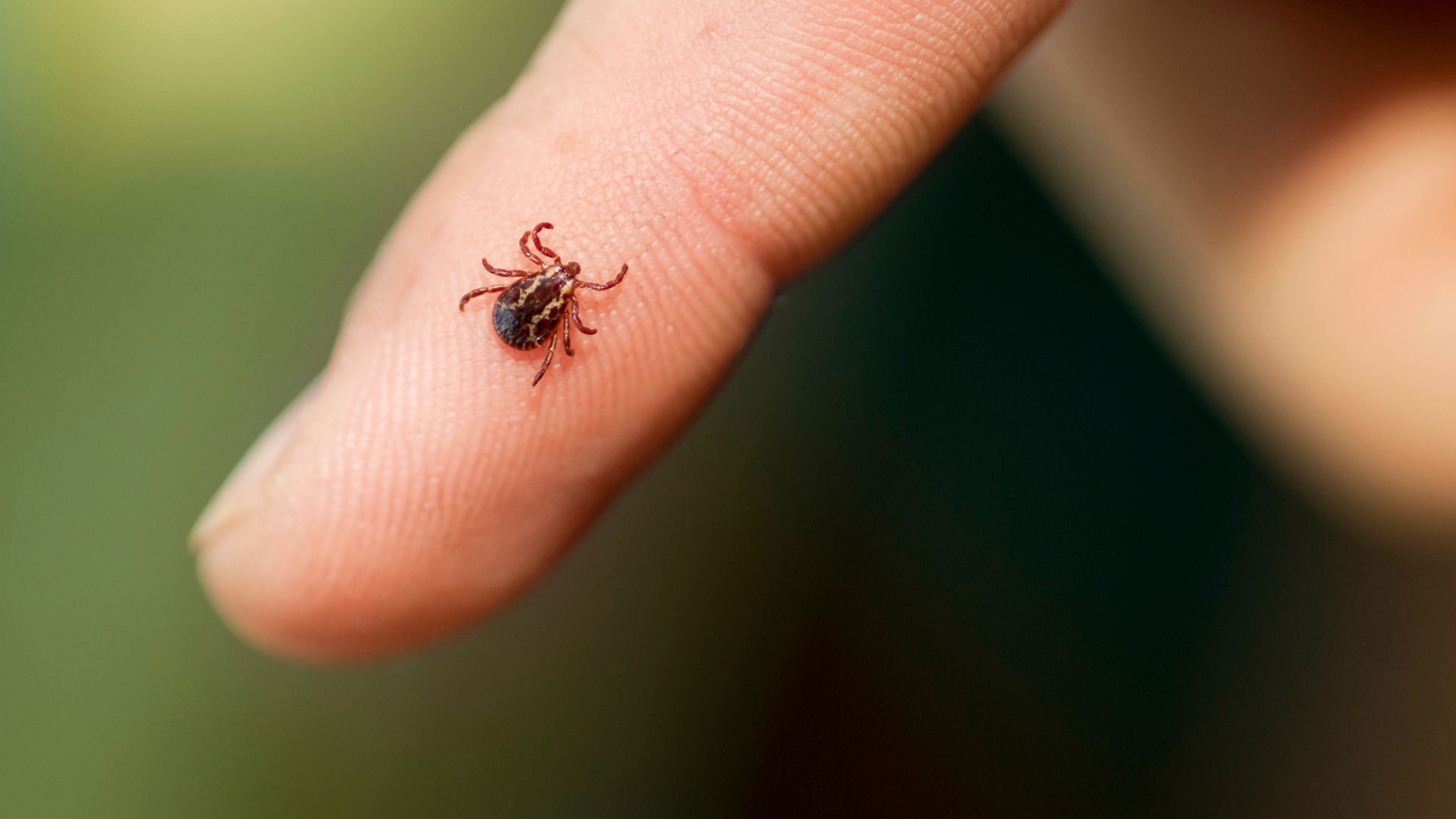
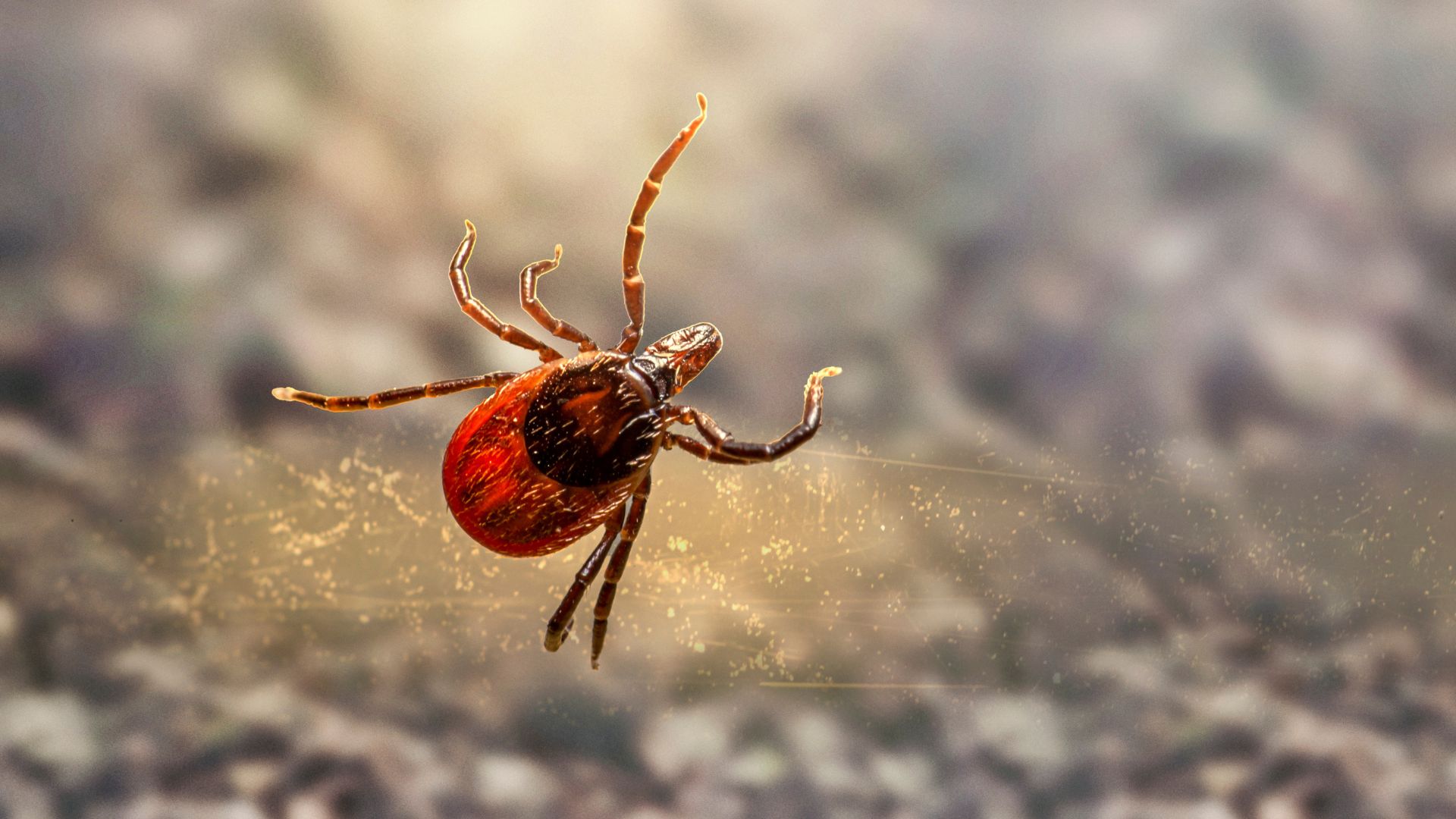


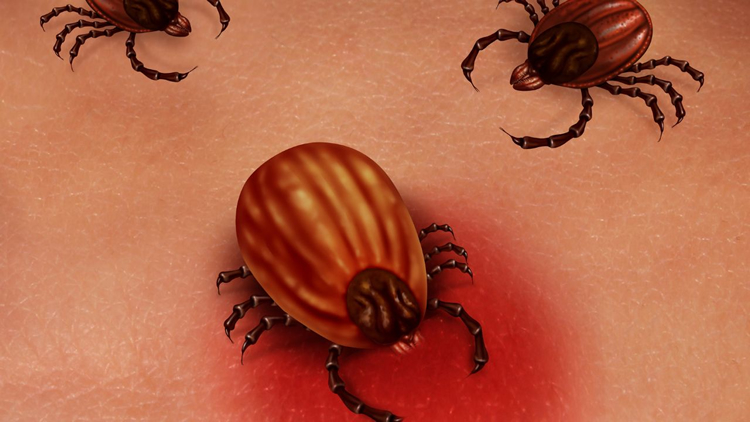


 The circle of life, predator versus prey will always be. By Mother Nature’s providence, there are natural tick eaters. These include chickens, frogs, lizards, and other wildlife. Perhaps the opossum is in that category too, or maybe not. But one thing is for sure. There are effective tick control methods that you can employ to help your family avoid the threat of ticks. Professional,
The circle of life, predator versus prey will always be. By Mother Nature’s providence, there are natural tick eaters. These include chickens, frogs, lizards, and other wildlife. Perhaps the opossum is in that category too, or maybe not. But one thing is for sure. There are effective tick control methods that you can employ to help your family avoid the threat of ticks. Professional,